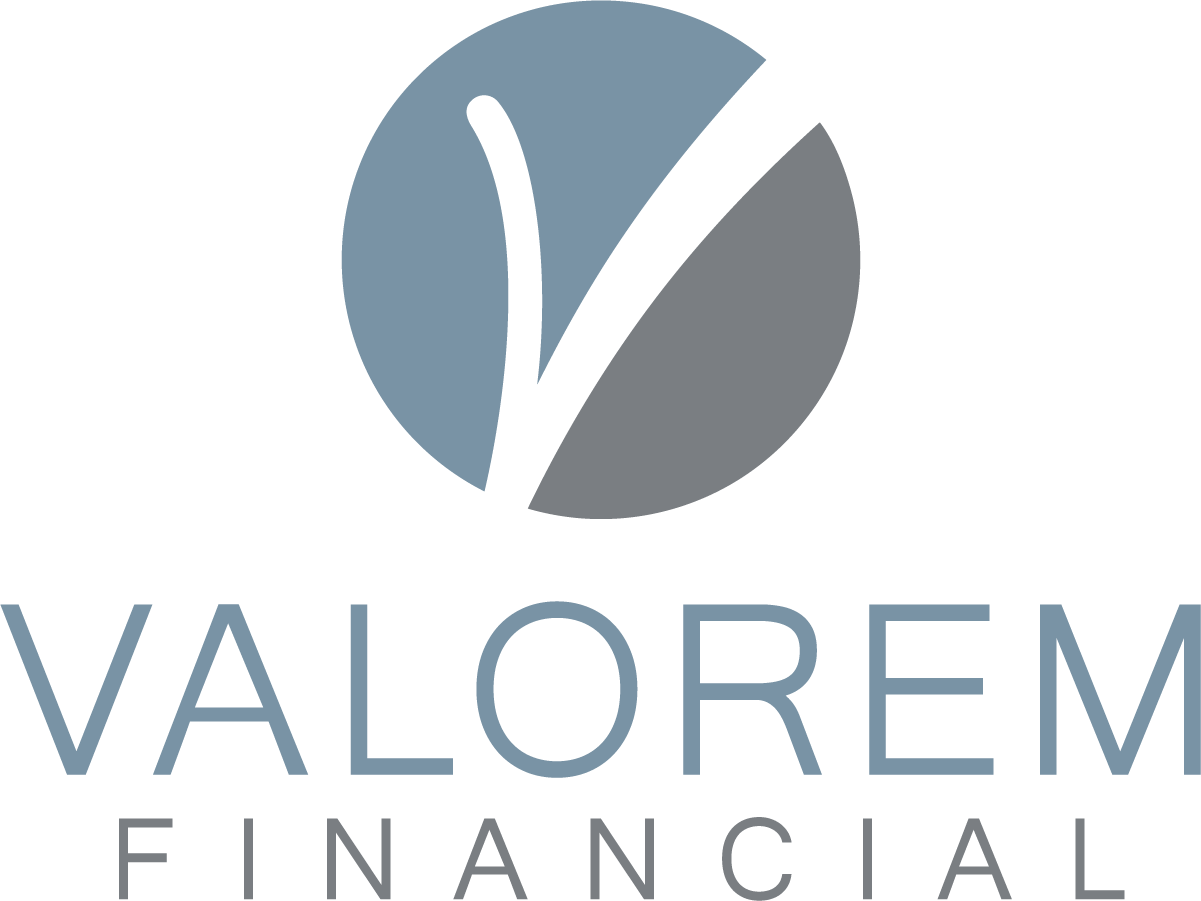The Financial Independence/Retire Early, or FIRE, movement is an investment practice and lifestyle that focuses on saving aggressively and spending frugally so individuals can move toward financial freedom and perhaps even retire decades ahead of schedule.
The movement has been around since the 90’s and has gained more exposure recently as the financial fallout from the COVID-19 pandemic has more people considering what financial independence and freedom from their 9-to-5 jobs could mean for them.
Even if early retirement isn’t in the cards, there are key lessons from the movement that can help you plan for a financially secure future.
FIRE Explained
The foundation of the FIRE approach is rooted in financial discipline. The practice requires aggressive saving, investing, and careful spending so practitioners can eventually rely on passive income instead of a traditional paycheck. This approach emphasizes financial sacrifice early on to reap long-term rewards.
FIRE adherents recommend that you save half of your net income, which is quite a bit more than the 15% of your paycheck many experts recommend the average person devote to savings. If you save 50% of your income, it only takes one year to save for a year’s worth of financial independence. If you only save 15%, it will take you eight and a half years to do the same.
Experts also recommend that adherents invest the money they save in low-cost index funds, especially those that track the broader market.
So just how much do you need to save? FIRE proponents advocate targeting about 25 times your annual expenses. So, if you can live off $40,000 a year, you’ll need $1 million in savings to reach financial independence.
Once you’ve put a substantial amount of money away for retirement, you should be able to safely withdraw 4% per year from a portfolio invested in a broad mix of low-cost index funds. At that rate, there’s a good chance you’ll avoid running out of money over time.
Key Takeaways from FIRE Fundamentals
For some people, setting aside half of their income may feel too rigorous. That said, there are still lessons from the FIRE movement that can benefit everyone.
First, boost your income as a way to increase your savings. Take advantage of a tight labor market by asking for a raise, seeking a promotion, or looking for a higher-paying job. Devote any pay bump to your retirement goals.
Seek sources of passive income, which can provide flexibility and security by helping ensure regular expenses are covered when you retire. For example, you could invest in a rental property that provides a monthly stream of rental income. Unlike with stock or bond investments, when you draw income from a rental property you don’t draw down the value of the investment. In fact, the property’s value may increase over time.
Choose low-fee index funds instead of riskier investments, such as individual stocks. Index funds are designed to track a market index, such as the S&P 500. They give you access to diverse investments across sectors, industries and geographies, which helps lower your risk exposure. They also charge lower fees than other mutual funds and exchange-traded funds, which helps you keep more of your investment return.
Max out retirement accounts first and put additional savings in taxable investment accounts. Keep in mind that if you’re planning to retire early you may not be able to access retirement funds before age 59 ½ without paying a 10% penalty.
Consider Your Personal Goals for Retirement
For many FIRE followers, financial independence is the most important part of the FIRE equation. The solid financial footing they gain from saving aggressively can allow them much more flexibility in the career and retirement they choose. For example, an individual might drop down to part-time work to pursue another passion, or financial independence might allow for a career change to more rewarding work that perhaps pays less.
Ultimately whether the FIRE method is the right approach for you comes down to your comfort with aggressively saving, your lifestyle, and your personal goals for retirement.
Sources:
This material provided by Oechsli, a non-affiliate of Cetera Advisor Networks LLC, or CWM, LLC.
Investing in mutual funds is subject to risk and loss of principal. There is no assurance or certainty that any investment strategy will be successful in meeting its objectives.
Exchange traded funds and Mutual funds are sold only by prospectus. Investors should consider the investment objectives, risks and charges and expenses of the funds carefully before investing. The prospectus contains this and other information about the funds. Contact your registered representative o obtain a prospectus, which should be read carefully before investing or sending money.
S&P 500 – A capitalization-weighted index of 500 stocks designed to measure performance of the broad domestic economy through changes in the aggregate market value of 500 stocks representing all major industries.
This piece is not intended to provide specific legal, tax, or other professional advice. For a comprehensive review of your personal situation, always consult with a tax or legal advisor.


